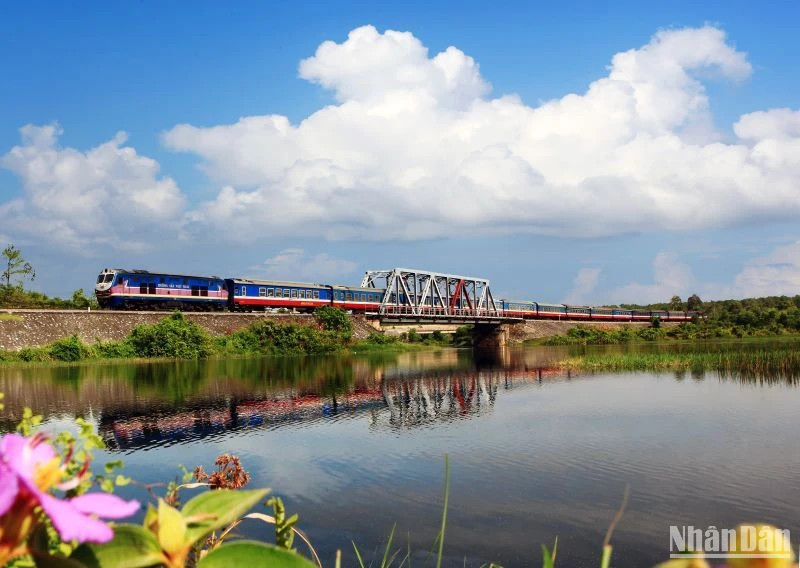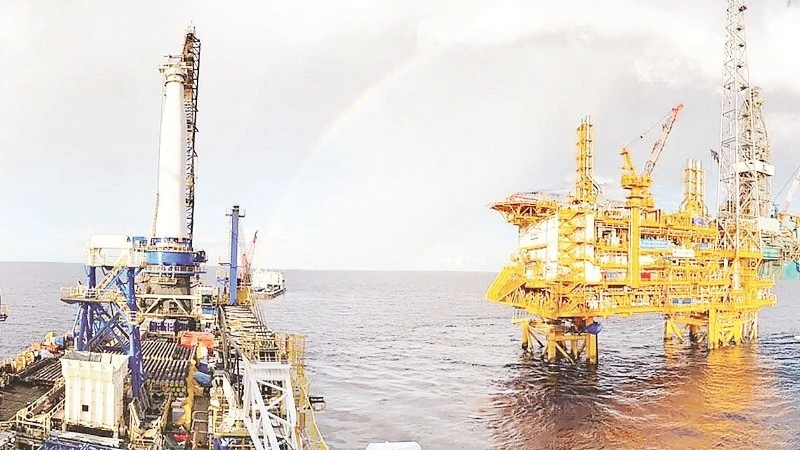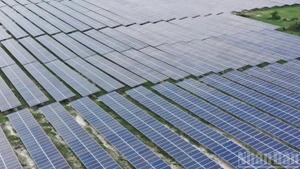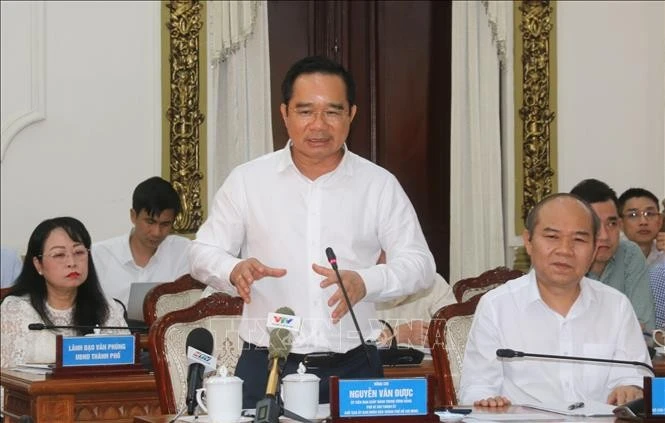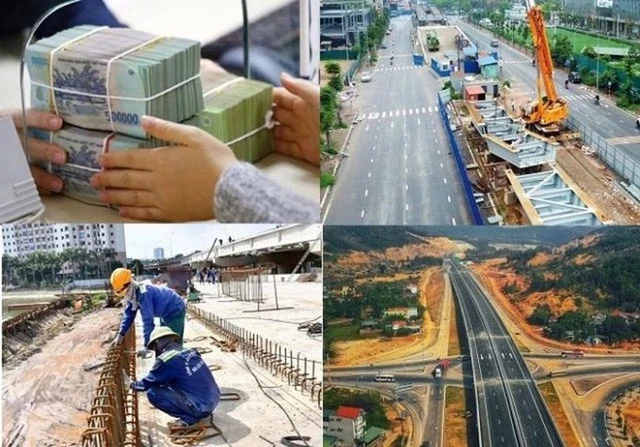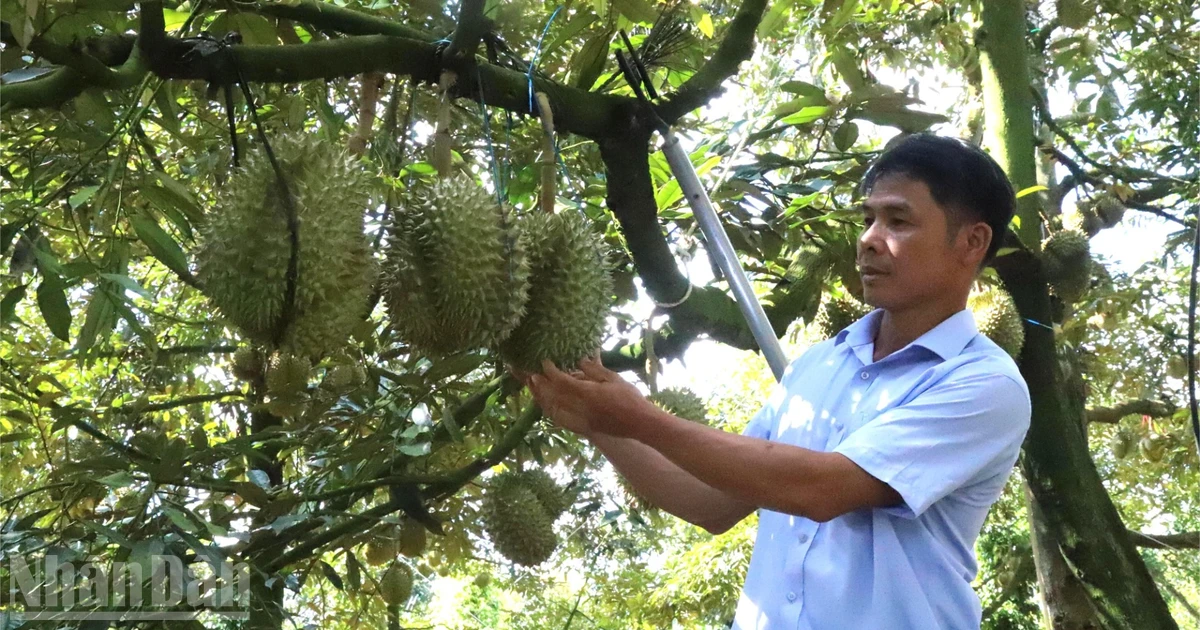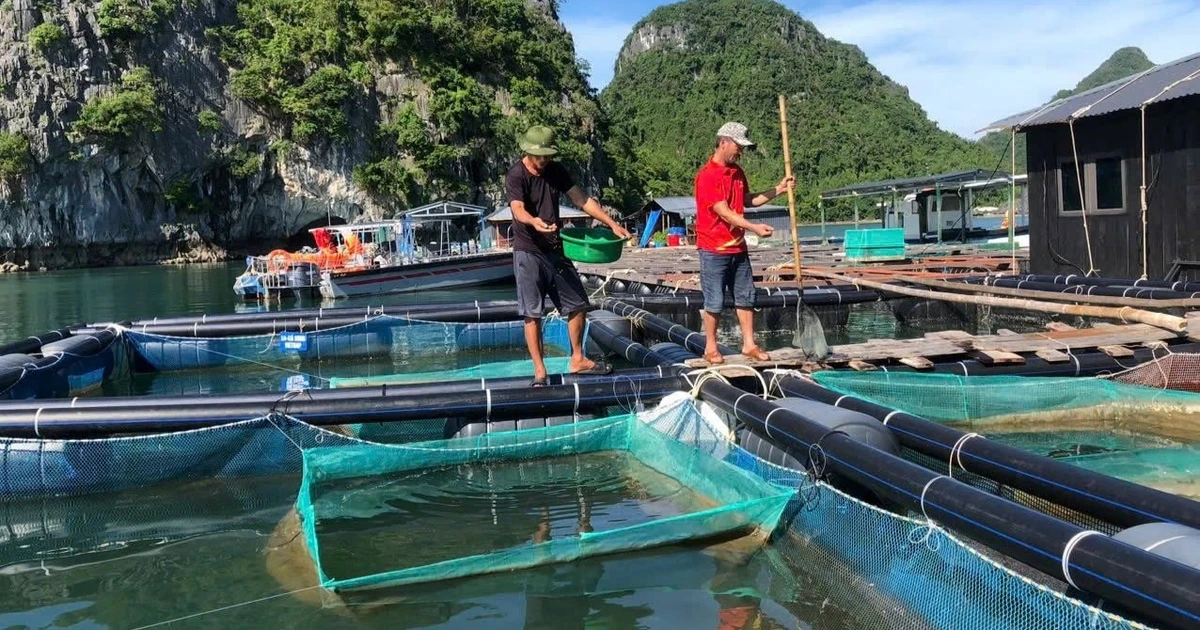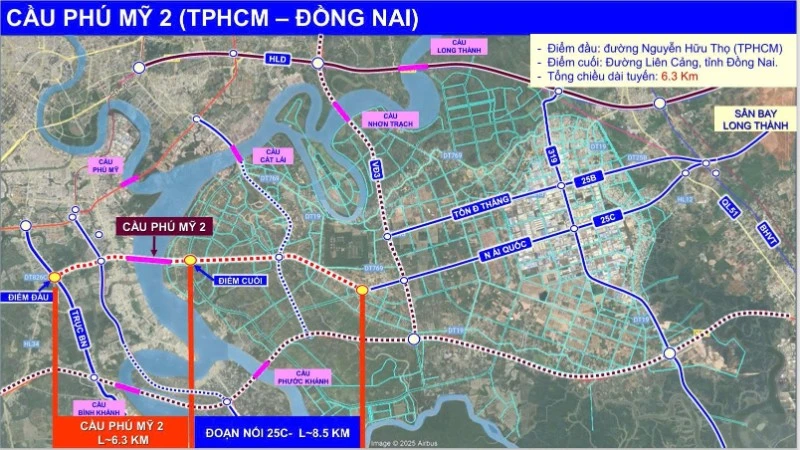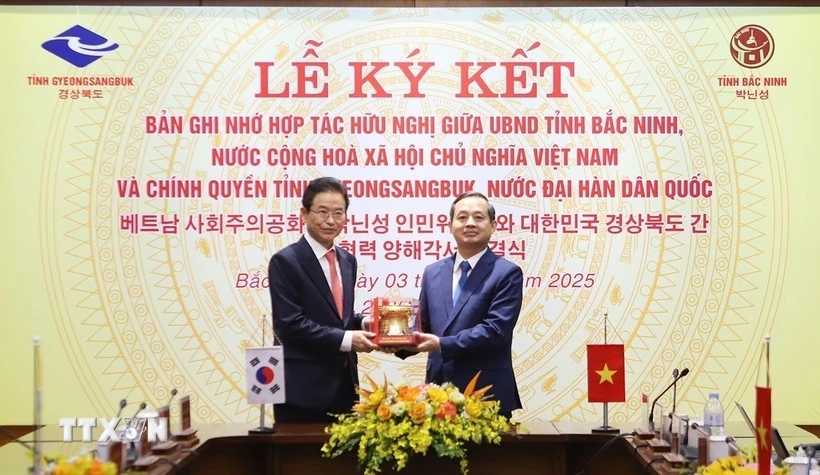In addition, the Prime Minister has just approved a project on the management, use and exploitation of national railway infrastructure assets invested in by the State, which is expected to be a premise to improve infrastructure, unlock resources, and improve the production and business efficiency of the corporation.
 |
| Hoang Gia Khanh, General Director of Vietnam Railways Corporation. |
Hoang Gia Khanh, General Director of Vietnam Railways Corporation, shared some opinions on this issue.
Q: According to the Project on restructuring Vietnam Railways Corporation approved by the Government, what is the current progress of the plan to merge the two railway transport joint stock companies? And when is it expected to be completed?
A: In implementing the roadmap determined by the Prime Minister in Decision No. 562/QD-TTg, dated June 26, 2024, approving the project on restructuring Vietnam Railways Corporation, the merger of Hanoi Railway Transport Joint Stock Company and Saigon Railway Transport Joint Stock Company into Railway Transport Joint Stock Company must be completed this year.
 |
| Railways have recently made many innovative marks. |
Currently, the dossier on merging the two Railway Transport Joint Stock Companies is being reviewed by the State Securities Commission and is expected to be licensed for the offering of shares for exchange and merger implementation in the near future. On that basis, the Board of Members of Vietnam Railways Corporation will direct representatives of the capital at the two companies to take the next steps in accordance with regulations for the merger, such as: disclosing information, finalising the list of stock exchanges, and cancelling the registration of the public company of the Railway Transport Joint Stock Company.
Vietnam Railways Corporation plans to carry out the business registration of the post-merger company in the early fourth quarter of 2024, ensuring the merger is completed in 2024 according to the schedule directed by the Prime Minister.
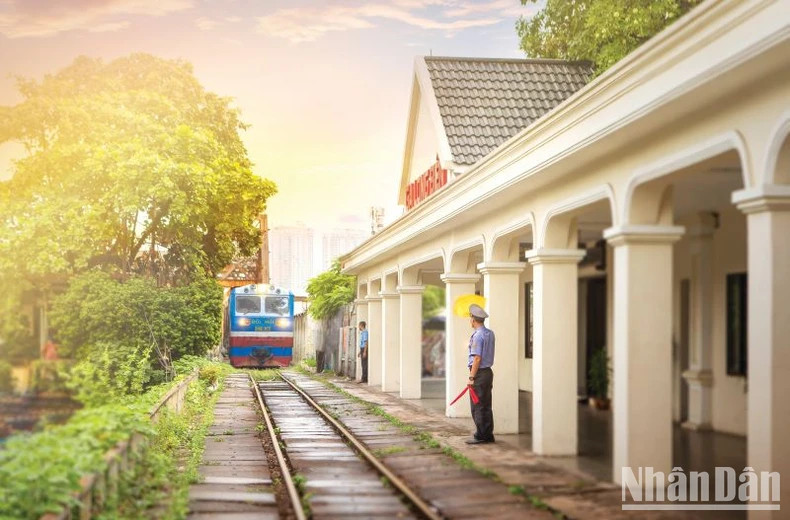 |
| Train passing through Gia Lam station (Hanoi). |
Q: Does Vietnam Railways Corporation consider the option of reducing the shareholding ratio at the post-merger railway transport joint stock company to attract investment capital and innovate the quality of railway transport services?
A: The plan to reduce the shareholding ratio at the merged Railway Transport Joint Stock Company aims to attract capital for investment and improve the quality of railway transport services.
This content was mentioned by Vietnam Railway Corporation in the Restructuring Project for the period up to the end of 2025 and was reported to the Prime Minister by the Commission for the Management of State Capital at Enterprises.
Specifically, the Commission for the Management of State Capital at Enterprises agrees with the opinions of the agencies on researching and developing a suitable roadmap to reduce the shareholding ratio of the parent company at the merged Railway Transport Joint Stock Company, while at the same time being flexible so that it is possible to divest capital easily when there is a partner.
Reducing the controlling stake will separate the operation and transport activities, creating conditions for new investors to participate, innovate, and improve railway transport services.
The Commission for the Management of State Capital at Enterprises agrees with the Vietnam Railway Corporation on the research and development of a roadmap to reduce the capital contribution ratio of the parent company at the Railway Transport Joint Stock Company after the merger and suggested to implement it in the next phase, which is appropriate.
After the merged enterprise comes into operation, based on the assessment of one-two years of practical operation, the corporation will study the direction of reducing the controlling ratio at the Railway Transport Joint Stock Company; specialise the freight transport enterprise and the passenger transport enterprise in the process of building the restructuring project for the period 2025-2030.
Q: The railway industry has great opportunities when Vietnam builds new 1,435mm gauge railway lines, urban railways, and upgrades railway lines. In your opinion, what policies should the State have to develop railway mechanics to fulfil its commitment to reduce emissions and convert to clean energy?
A: Currently, Di An and Gia Lam Railway Joint Stock Companies are two key units in building, installing, and repairing railway vehicles, mainly locomotives and wagons, with many products that are highly appreciated by customers having been put into operation. In addition, the corporation also has units that repair, maintain, and operate locomotives, wagons, and other railway vehicles.
However, to meet the needs of 1,435 mm gauge railway lines and future electrification, I think the State needs to have more specific policies on investment in developing the railway industry. In addition, railway industrial products must be included in the list of key mechanical products to have the opportunity to attract domestic and foreign components to participate in investing in the railway industry.
The upcoming revised Railway Law is expected to supplement regulations in the direction of supporting capital for investment in facilities, technological innovation, using preferential capital sources for the development of railway mechanical products; providing capital to import new technological lines and equipment; supplementing preferential regulations, encouraging localisation; operating joint ventures and associations between domestic enterprises and foreign enterprises when investing in developing the railway industry; and binding regulations on technology transfer and domestic vehicle assembly for railway vehicle investment projects.
 |
| Railway industrial products need to be included in the list of key mechanical products to have the opportunity to attract domestic and foreign participation in investment in the railway industry. |
We are also recommending that the Government include railway industrial products as a subject of regulation in the draft Law on the production of key industrial products.
Q: What advantages and disadvantages will the project on management, use and exploitation of national railway infrastructure assets invested and managed by the State, which has just been approved by the Government, have for the corporation?
A: The project on management, use and exploitation of national railway infrastructure assets invested and managed by the State has already direct affected and is extremely important to the production and business activities of the Vietnam Railway Corporation.
To be proactive in production and business, the corporation must have assets, must be assigned to manage and exploit these assets with the aim of developing the national railway infrastructure, meeting the needs of passenger and cargo transportation, improving the quality of passenger services and domestic and international freight transportation capacity through the two border gates of Dong Dang and Lao Cai.
In addition, the assets put into operation will create jobs and increase workers' income; bring benefits, increase state budget revenue and ensure the status of the assets.
Currently, the Ministry of Transport is implementing the next steps to put all national railway infrastructure assets into effective exploitation, as soon as possible in accordance with regulations and promote existing resources, especially the more than 3,143km of railway and 303 stations passing through 34 provinces and centrally-run cities. We have prepared all plans to best exploit the assigned assets.
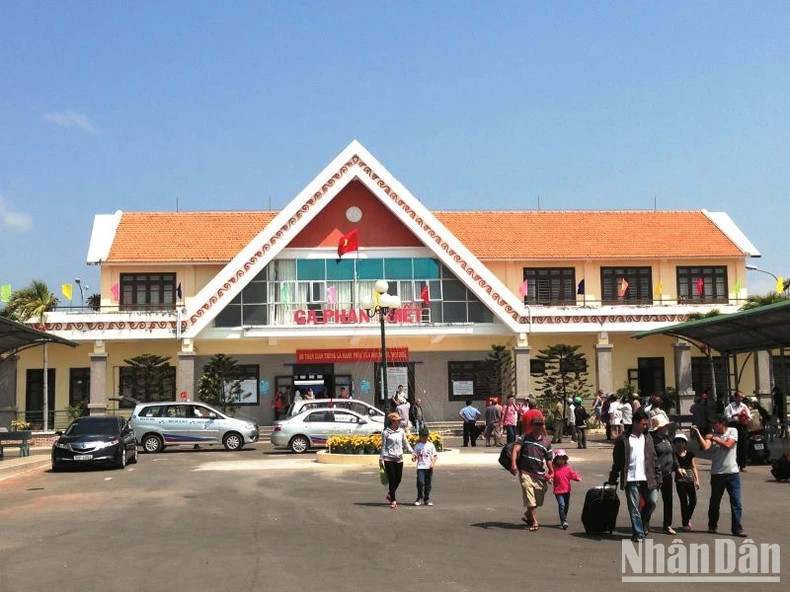 |
| Phan Thiet Station (Binh Thuan). |
Q: With more than 300 stations being assigned to the corporation for management, how will the unit invest in upgrading or exploiting them? Will these stations be able to call for and attract socialised capital for investment?
A: This project is an important initial step, assigned to the corporation to manage, exploit and use infrastructure assets. Decree 46 is being revised and is expected to be issued this year, with stations implementing socialisation, they must comply with legal regulations. When the project is assigned to the corporation, the corporation will prepare a plan to submit to the competent authorities for approval, from which it will organise the implementation according to the approved asset assignment project with the goal of creating flexibility, meeting timely exploitation, and having to unlock the assigned resources.
Thank you very much!
